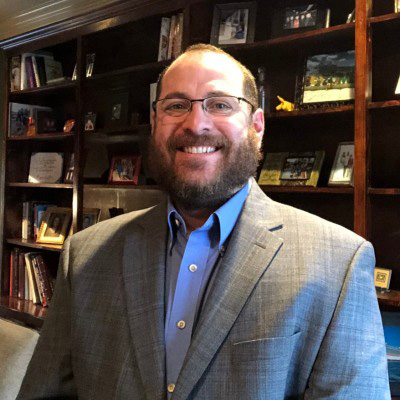Rene Perez, CAMS® has been a financial crimes expert for more than two decades, most recently with technology service provider Jack Henry™. So, it didn’t take long for Perez to foresee the benefits of the FraudClassifierSM model, a set of tools and materials introduced in 2020 to help provide organizations with a consistent way to classify fraud, better understand how fraudulent activity occurs – and eventually, to gather insights on the magnitude of fraud across the payments industry.
 Since 2013, the Federal Reserve has collaborated with a wide array of industry stakeholders to advance payment security and support fraud mitigation. Notable achievements have included Federal Reserve publications on emerging areas of fraud, such as synthetic identity fraud; engagement at conferences and other venues that have dramatically increased the industry’s fraud awareness and collective action; and Federal Reserve-led industry work groups tackling thorny issues, such as accurate and consistent classification of authorized and unauthorized fraud and scams.
Since 2013, the Federal Reserve has collaborated with a wide array of industry stakeholders to advance payment security and support fraud mitigation. Notable achievements have included Federal Reserve publications on emerging areas of fraud, such as synthetic identity fraud; engagement at conferences and other venues that have dramatically increased the industry’s fraud awareness and collective action; and Federal Reserve-led industry work groups tackling thorny issues, such as accurate and consistent classification of authorized and unauthorized fraud and scams.
Perez has participated in various Federal Reserve-led industry work groups, including the Fraud Definitions Work Group, which developed the FraudClassifier model. He also joined its Scams Information Sharing Work Group, which is working similarly to address scams – defined as the use of deception or manipulation intended to achieve financial gain.
“Our company works with smaller financial institutions – our largest customer is $52 billion. Many in the industry acknowledge that fraud is growing and it can be a challenge to find enough resources to invest in fraud mitigation,” Perez said. “Compounding their concerns, an organization’s ACH fraud people may not always speak to the card fraud people or the check fraud people or the faster payments fraud people to see broader trends across these and other payment rails.”
“The FraudClassifier model will help you understand fraud trends you did not know you had in your institution.”
Rene Perez, director, product management
Jack Henry & Associates
Perez has seen firsthand the value within an organization when it uses the FraudClassifier model to see fraud and anti-money laundering (AML) trends in an interconnected way. Jack Henry requires its Financial Crimes DefenderTM customers to classify their suspected fraud and AML using the FraudClassifier model. After all, account takeovers can be used to commit fraud using any payment type. Adopting and using the FraudClassifier model can facilitate internal consistency in fraud classification, more robust fraud tracking and responses, and customer education on current fraud methods – and how customers can protect themselves from being victimized.
Stephanie Ziegler agrees that the FraudClassifer model takes the “silos” out of managing fraud risk – and mentions other benefits. Ziegler is a senior fraud investigations manager and certified fraud examiner with 11 years of fraud experience at SELCO Community Credit Union, a $2.7 billion financial institution serving members in 27 counties across Oregon and eight counties in Washington. Under SELCO’s decentralized fraud model, branch and operational teams handle initial research and disputes, then escalate cases as needed to Ziegler’s team, which handles all Bank Secrecy Act (BSA) and AML obligations, such as AML filings and coordination with law enforcement.
“Because so many people at SELCO have responsibility for different aspects of fraud events, the intuitive FraudClassifier model really streamlines our process.”
Stephanie Ziegler, senior fraud investigations manager
SELCO Community Credit Union
“With availability of the FraudClassifier model, various SELCO teams work in the same system, answer the same questions about a fraud incident and use the same definitions, rather than selective opinions,” Ziegler said. “This standardization within SELCO ensures our fraud data is more consistent and accurate, gives us a head start in investigations, and makes it easier for us to pivot quickly to address the changing fraud landscape.”
In other words, better fraud data can lead to a better fraud defense. Explore the FraudClassifier model and register to access educational resources and support tools, such as a downloadable version of the model and supporting definitions, as well as a fraud classification tool.
“FraudClassifier” is a service mark of the Federal Reserve Banks. A list of marks related to financial services products that are offered to financial institutions by the Federal Reserve Banks is available at FRBservices.org.
Sharing and use of the FraudClassifier model throughout the industry is encouraged; any adoption of the FraudClassifier model is voluntary at the discretion of each individual entity. The FraudClassifier model is not intended to result in mandates or regulations, and does not give any legal status, rights or responsibilities, nor is the FraudClassifier model intended to define or imply liabilities for fraud loss or create legal definitions, regulatory or reporting requirements. Absent written consent, the FraudClassifier model may not be used in a manner that suggests the Federal Reserve endorses a third-party product or service.
